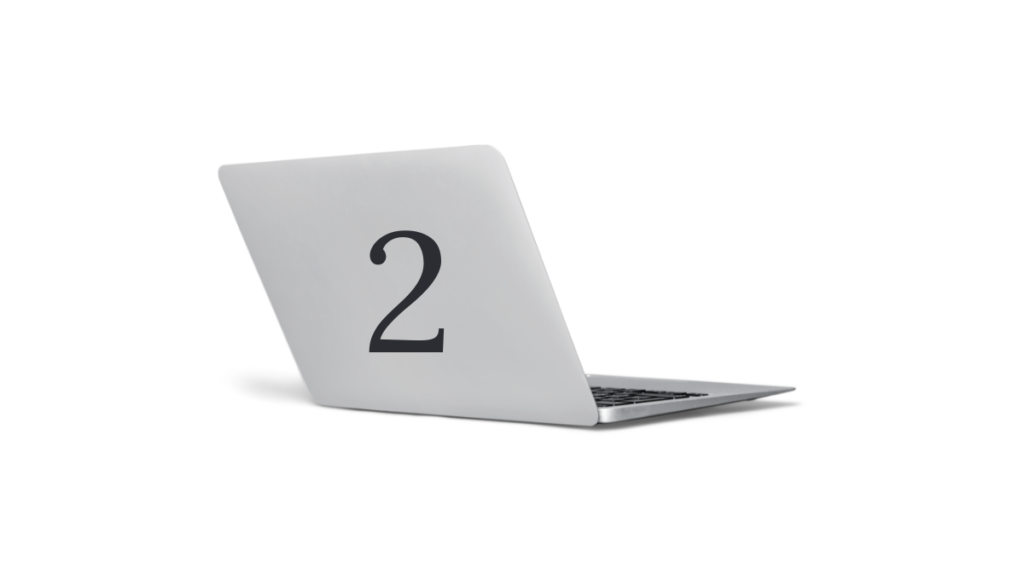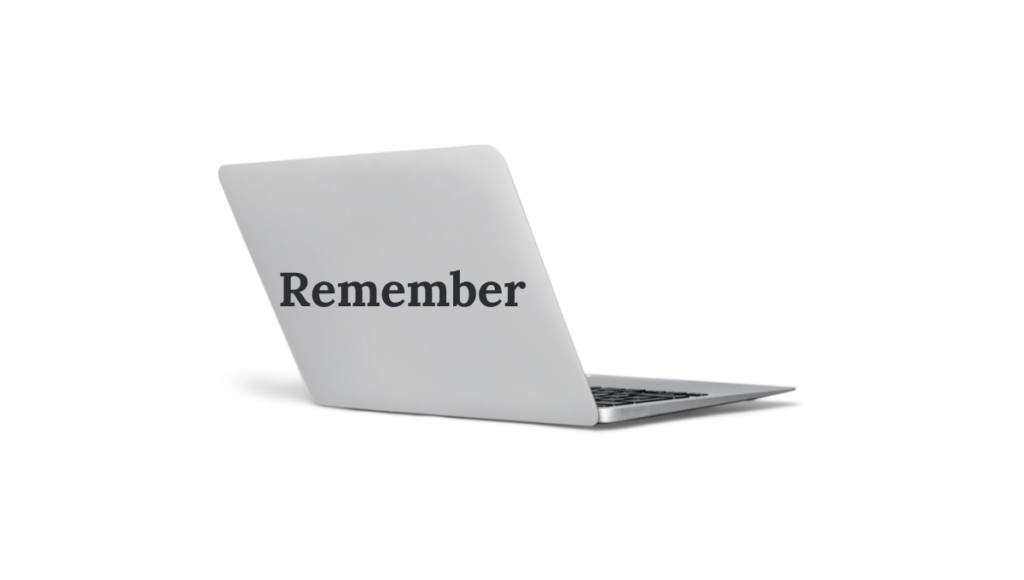May 1, 2024
3 Easy Ideas To Avoid “Bad” Content and Save Time
PlanResources

Do you get frustrated by spending time looking though useless search results? Do you worry that you may miss something if you don’t go through the “bad” stuff?
I have some ideas that can help. I use them and I want to pass them on to you so that you can reduce the time that spend dealing with “bad” content.
Do You have Time to Waste?
Content that is:
- Irrelevant,
- Untrustworthy
- Not applicable
- Unsuitable
- Incomplete
Wastes your time and worse yet may cause confusion or provide an incorrect answer to your diligence questions. This is bad content and bad content is a trap. So instead of dealing with “bad” content, I advise that you identify it early so you can avoid giving it much time.
These are three suggestions that will help you avoid the bad content trap. I use these suggestions because I don’t like to waste time. I have too much to do and I am sure you do was well.
My Suggestions

Make a Content Plan
Before you start your diligence research make a content plan.
– This is a plan that outlines/defines what is or isn’t acceptable content for your project.
– If your diligence project is complex break it into multiple content searches and develop a plan for each part of the search
– The plan can include positive attributes or negative ones or a combination, do whatever you find easiest. The key here is outline the types and attributes you want in your content based on what is suitable for your particular project.
– This works for both online and offline content gathering but develop the plan before you start the search. The plan can start off broadly and you can refine it as you go along.
– You can simplify future content plans by keeping a list of attributes/questions that you can refer to when developing these plans.
– Here is an example of some basic parameter criteria:
- Format
- Source Type
- Country Origin
- Language
- Date range
- Content Type
- Publisher/Author expertise
– Organizing the parameters into a chart makes it easy to reference.
Here is simple example of parameter criteria for on a project that includes the need to find statistics on the total population of the United States over a 5 year period between 2018 and 2022 and broken out by state.
| Positive Content Description | Negative Content Description |
|---|---|
| Written and video form | No audio |
| Government, academic and recognized expert sources | No commercial, private or amateur content |
| US originated | Nothing that originates outside of the US |
| English language | No language but English |
| For 2018, 2019, 2020, 2021 & 2023 | Nothing before 2018 |
| Factual, statistical | No opinions, speculation, conjecture or predictions |
| Geographic area = 50 States | Exclude populations (e.g. territories) outside of the geographic range of the 50 states |
Is some of this subjective? Yes, the concept of a recognized “expert” vs “amateur” is going to be subjective, but you will further define this based on your project expectations.
In this example, you may want to define an expert as someone with significant education, experience and research in the area of demographics or demography. If this diligence is part of a larger issue that has regulatory requirements tied to population numbers, you would want to check if the regulation that you are following defines acceptable statistical sources for purpose of the calculation.
Once you have drafted a content plan you use the plan to direct your search. Ways in which you can use that plan include:
- Choosing the correct search tools – such as general vs. specific search engines, a directory vs. a search engine and
- Crafting searches that include your content criteria or that exclude certain results

Become Expert at Quick Assessments and Evaluations
Say you have found content that appears to conform to your criteria, the next step is to learn to do quick assessments and evaluations to eliminate what is clearly not a fit.
How do you do become quick and decisive about content that is not a fit – look at your content plan and any previously developed evaluation checklist and apply the criteria to what you have found.
Using the previous example, if you come across a website that presents a visual map of the United States with the population of each state listed. Do you accept this as a source of good content. Well it depends. Based on the previously developed content plan I would judge the content and ask myself, does this meet my original plan and can I answer these questions:
- Who made the map?
- What is the time frame of the map?
- Do I understand where the numbers originated that are on the map?
- Can I trace the numbers back to an original source that meets my criteria?
Depending on the answers this may, or may not, be good content.
Here is the criteria set up for the population question and some answers based on our fictitious website:
| Positive Content Description | Yes | No |
|---|---|---|
| Written and video form | x | |
| Government, academic and recognized expert sources | x | |
| US originated | x | |
| English language | x | |
| Dated within the last 5 years | x | |
| Factual, statistical | x | |
| Geographic area = 50 States | x |
Based on the original content plan, this site is not good content for our project because the source of the map is a government, academic or expert source. What do you do? Move on to other content.
What if you are not sure – you have a choice – do additional research or diligence on that piece of content or keep moving and look at the other results to see if there is better content. But remember, uncertainty and indecision take time and contribute to confusion. To avoid those pitfalls become confident and quick in making basic assessments and evaluations. I addressed the issue of of making content decisions in this post – It’s Content Judgement Time – Are you up to the task? Take a look at the post for ideas about content judgment.
Finally, a reminder that even unacceptable content can teach us something. In this example, I would take note of the way the data was presented -visually on a map of the US – and consider replicating the idea with content that meets my criteria.

Build Your Own Tools
I refer to plans and checklists because these are tools that save you time and effort. The saying, “don’t reinvent the wheel” is valid. If you find a process or procedure that works, follow it. To help you avoid bad content consider creating your own tools that you use to navigate the maze of content that is available to you.
Here are examples of tools that I find helpful:
- Planning Criteria Checklists – this is list of all different types of content criteria that I can refer to for ideas
- Resources Guides – these are specific compilations of online resources that I use over and over
- Templates – These are set ups for checklists and resources guides for sourcing and aggregating content
- Evaluation and Assessment checklists – again these are lists of questions and qualifications for reviewing and using content
Taking the time to build your own set of tools can be as simple as making a blank spreadsheet or a table or more technological including using organizational software or apps. What is appropriate for your circumstance and your project is variable. I think tools are a great idea but my usual words of caution around tools is to remember that:
- A tool is something to help make things easier (for example saving time, effort, standardizing or complying with a requirement)
- Keep your tools as simple as possible
- Don’t let the tool take over the diligence (checking boxes or filling in blanks on a template is not diligence, it is recording diligence there is a difference)
- Be adaptable, flexible and open to the need for change as circumstances change or present themselves

Final Thoughts
-You save time and effort, not to mention frustration, by avoiding bad content either by not encountering it in the first place or quickly moving on.
-The ability to make a content plan, quickly assess and evaluate sites, sources and pieces of content is a skill and it is one that you improve with practice and critical thinking.
– Bad content is content that is not suitable for your diligence project. There is no objective definition of bad content. Content may be accurate, reliable and reputable, but if it is wrong for your project it is “bad” content and will waste your time. Conversely, content may be lies, opinions or outrageously inaccurate, but if you are doing a project to identify lies, opinions or outrageously inaccurate content you have just found great content.

There’s More!
If You Enjoyed This Post Subscribe Below For More Ideas & Updates


Subscribe for Diligence Updates
Get the latest updates, resources, offers, and more.
"*" indicates required fields
The Diligence File respects your privacy. Privacy Policy